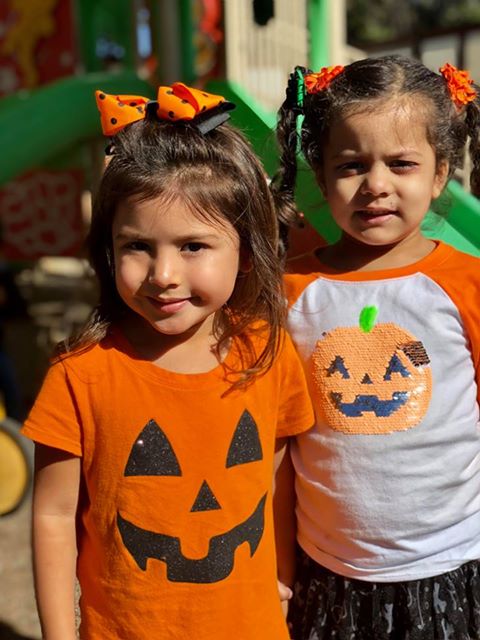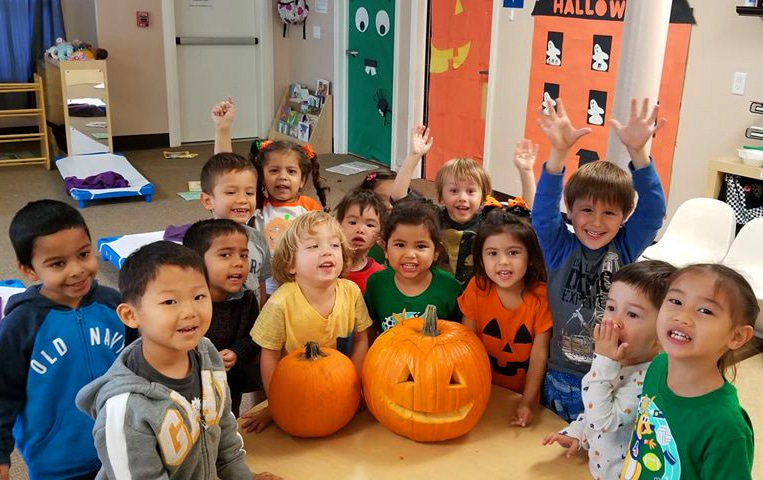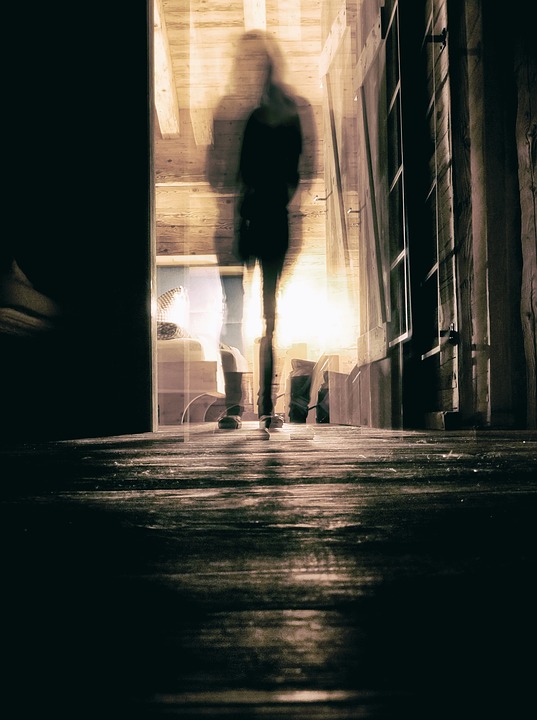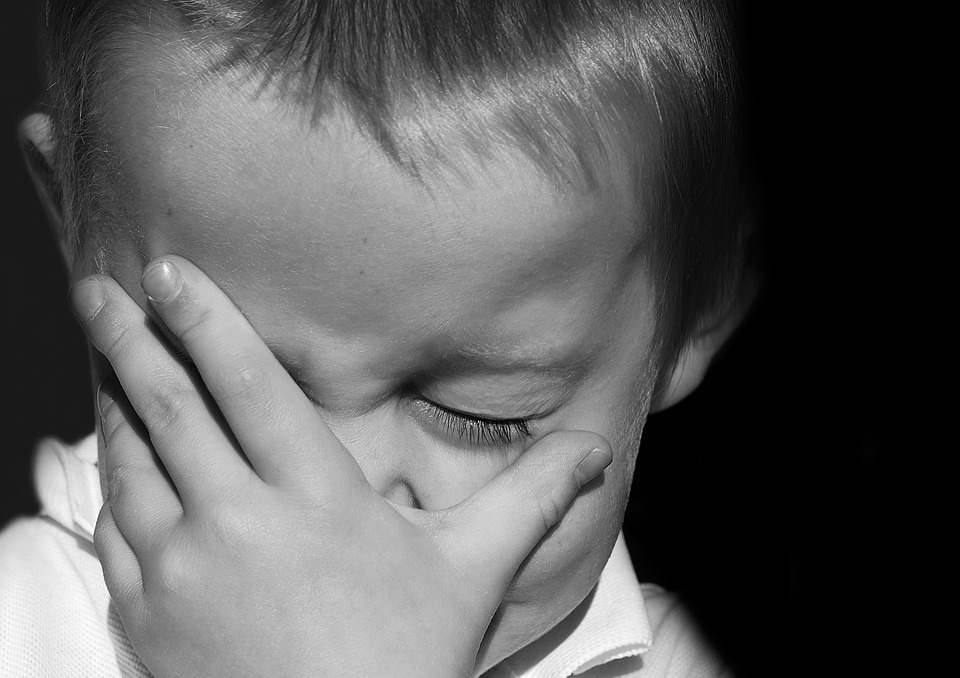It’s that time of the year …….HALLOWEEN. Ghosts, monsters, ghouls, oh my! ‘Tis an occasion, or trigger, for the scare factor and any inherent fears or phobias that you or a loved one may experience often-times tend to flare up around now so I thought I would share some nostalgic tidbits and relevant findings.
Sure, it’s difficult to fully embrace this tradition being mindful of the commercialism and sugar overload that abounds. However, I must say that whilst Halloween is not a traditional holiday for Aussies, I do love how you guys go all out over here in the States! And the fun and fear factor isn’t just for the li’l ones – the big kids get into it too!
Prior to writing this blog (despite 12 years in the country…kids…..etc. #shameonme) I was not aware that the overall concept of “All Hallow’s Eve” actually has Celtic roots and is respected and incorporated in many cultural traditions and communities throughout the world.
And perhaps, information which is more pertinent to the teaching realm……….


So, I have to admit that back in the day when I was growing up, we kids were fully aware of and capitalized on the fact that Halloween was not really celebrated in Oz. Much as you do here, we would hit up all the houses in our neighborhood (in costume or some poor semblance of) and chant “Trick or treat, money or eat”, knowing full well that most homes did not have a handy jumbo bag stash of candy (“lollies”). We would then go to the corner store, cash in and stock/sugar up! Trust me, $1 worth of mixed lollies went a long way back then!
Stateside, as a parent, navigating this holiday isn’t always fun and we do need to be mindful of the younger generation and impact it may have. You know your child best. Consider your child’s unique temperament. Talk about what you’re celebrating and why. Read books, watch movies, get dressed up, make seasonal treats or decorations etc. Remember to constantly remind your kiddo’s that it’s all pretend. Much like when travelling it’s advisable to do a run-through with the costume (with a back-up on hand), just in case.
“If your little one doesn't want to partake in Halloween, then let that be okay. There is always next year, and 12 months can make a big difference!”
This topic tends to lend itself somewhat to a natural segue in discussing nightmares and night (sleep) terrors. Here is an explanation of, distinction between and basic summary of both.
Nightmares
Nightmares are most common in children (but can and do occur in adults) during the REM stage of the sleep pattern, namely the second half of the night. More often than not they are recallable scary dreams that are quite vivid and/or disturbing in how they are portrayed in the mind and typically result in a reluctance to go back to sleep. Nightmares often correlate to where we’re at in life and are developmentally appropriate. E.g. Toddlers = separation anxiety. Preschoolers = monsters in the closet or under their bed, culminating in more realistic fears of death and danger for adolescents and adults alike.
If your child is having a nightmare go to them as quickly as possible and verbally/physically assure their safety. Let them express what happened in the dream and leave a night light on so the bed bugs don’t bite!


Night Terrors/ Sleep terrors,
Night or sleep terrors are distinctly different from common nightmares determined by their timing and nature within the REM sleep cycle. They have been referred to as “extreme nightmares” and are classified as a disorder by way of sleep disturbance. It is where a person (more prevalent in children) partially awakens from sleep in a state of fight-or-flight, displaying symptoms of arousal, agitation, large pupils, sweating, and increased blood pressure. Your child may cry uncontrollably, sweat, shake, or breathe fast, look terrified, confused, or glassy-eyed, thrash around, scream, kick, or stare, not recognize you or realize you are there, try to push you away, especially if you try to hold them.
And now, some stats:
Nighterrors.org: 1.5 million children each year in the US will develop night terrors (also known as sleep terrors).
According to the Mayo Clinic, Night terrors are relatively uncommon and occur in 3%-6% of children of both genders (slightly more in males) typically aged 3.5 to 12 years. Some early onset cases as early as 6months have been recorded. 80% of those who suffer night terrors have a family member who also had them or was prone to sleepwalking (a similar type of sleep disturbance) or bedwetting.
Night terrors usually occur during the deepest stage of sleep, which is typically the first half of the sleep cycle. Night terrors are not nightmares, which are a form of dreaming. Because the person may still be partially asleep during a night terror, they can be inconsolable and unaware of their surroundings. They may have no memory of the episode when they awaken. That’s because a child can’t be calmed when they are in the middle of a night terror, and trying to rouse them out of their sleep will make them more confused and agitated.
There are two main types of sleep: rapid eye movement (REM) and non-rapid eye movement (non-REM). Non-REM sleep has stages, and night terrors happen during the transition from stage 3 to stage 4. They typically occur approximately 90 minutes after the child falls asleep.
Some noted key contributing factors to night terror onset are:
- overtired, ill, or stressed
- taking a new medicine
- sleeping in a new environment or away from home
- not getting enough sleep
- having too much caffeine
- recently had an anesthetic
Childhood night terrors appear to be a normal part of the immature nervous system developing. This development may cause the fight-or-flight response to occur at the wrong times. Be sure to inform any family members, babysitters, caregivers of the situation ahead of time – you know how upsetting and concerning it can be to experience. Children typically grow out of night terrors. Most of the time, night terrors simply disappear on their own as the nervous system matures.

Mostly, psychiatric or medicinal intervention is not necessary. As a parent or guardian, observing/experiencing a night terror can be well……terrifying. Keep them safe, try to stay calm, don’t attempt to wake them, take solace in the fact that they probably won’t even remember it in the morning, and trust that this too will pass (albeit 5-45 mins later).
It’s recommended you speak with your child’s doctor or a medical professional if your child has night terrors frequently, it disrupts their sleep and causes them distress, there are safety or harm factors involved and/or you’ve noticed a pattern in their sleep cycle.
